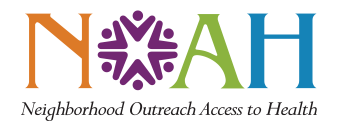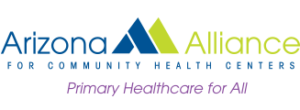The Science Behind Feeling Thankful This Thanksgiving
Thanksgiving is the season of gratitude—a time to reflect on what we’re thankful for. But did you know that practicing gratitude is more than a feel-good tradition? Scientific research shows that being thankful can have profound effects on your mental and physical health.
How Gratitude Impacts Your Health
Gratitude isn’t just an emotion; it’s a practice that can significantly benefit your overall well-being. According to UCLA Health, regularly practicing gratitude has several health benefits including:
- Mental Health Boost: Reduced symptoms of depression and anxiety. Gratitude activates the brain’s reward system, releasing dopamine and serotonin—two chemicals associated with happiness.
- Improved Sleep: Studies show that gratitude can improve sleep quality, as reflecting on positive aspects of life reduces stress and promotes relaxation.
- Heart Health: Gratitude has been associated with lower blood pressure and improved heart rate levels, both key indicators of cardiovascular health.
- Stronger Immune System: Positive emotions like gratitude have been shown to boost the immune system, making you less prone to becoming sick.
Tips for a Grateful Thanksgiving
Here are simple ways to incorporate gratitude into your Thanksgiving celebrations and beyond:
- Gratitude Journaling: Encourage your family to write down three things they’re thankful for before dinner.
- Mindful Eating: Focus on the flavors, textures, and smells of your Thanksgiving meal.
- Thankful Walks: Take a family stroll after your meal and share what you’re grateful for—this is also a great way to aid digestion and get some light exercise.
- Volunteer Together: Helping others can promote feelings of gratitude and strengthen family bonds. Consider volunteering at a food bank or donating to a local charity this holiday season.
A Grateful Mindset for a Healthier You
This Thanksgiving, take a moment to pause and practice gratitude—not just for your loved ones but for your own health. A grateful mindset can lead to a healthier, happier life.
For more tips on staying healthy during the holiday season, schedule an appointment with your NOAH provider today.

